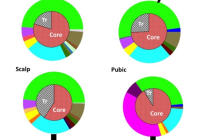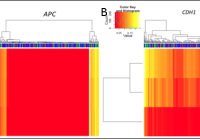Pubic hair microbes as a forensic tool

After watching CSI, and with forensic science being more advanced than ever, it’s easy to presume that criminals leave DNA traces everywhere that can help to make a conviction if they are caught. Human hairs come to mind as a great place to start, however, the majority of samples recovered at crime scenes are shed… Read more »



